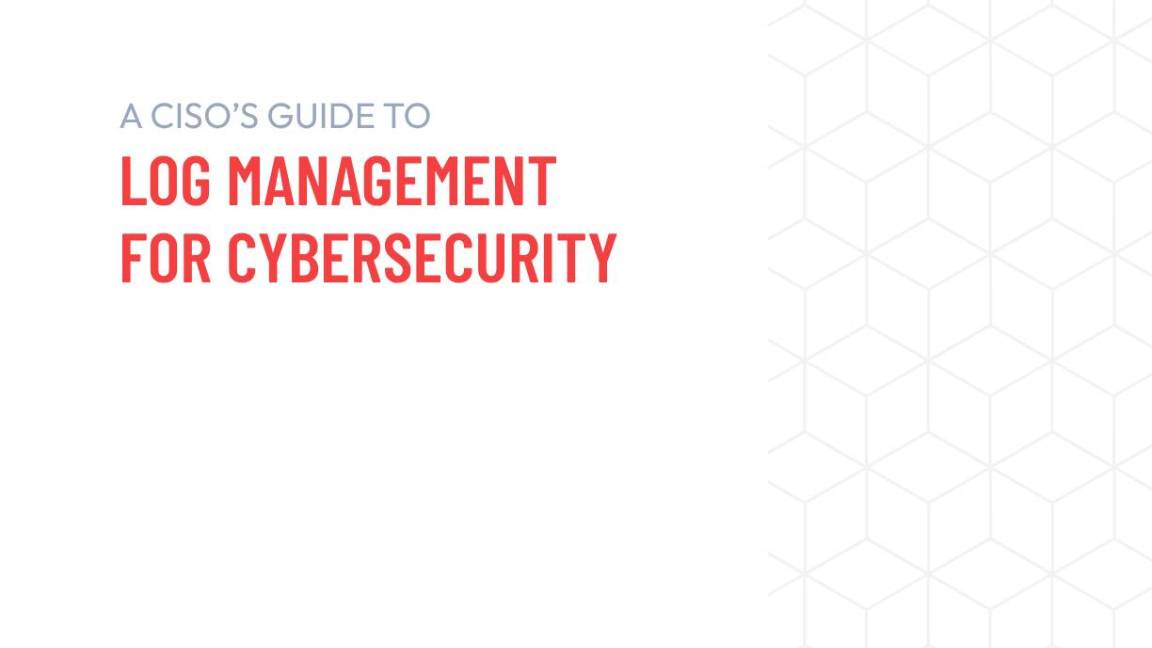Cisco zero-day vulnerability hits 40,000+ devices in a matter of days
The Cisco zero-day vulnerability could impact thousands of customers globally


A Cisco zero-day vulnerability affecting its IOS XE Software has been found to have infected more than 41,000 devices, marking a significant increase in a matter of days.
There was previous speculation about the number of infected devices in the immediate wake of the vulnerability disclosure.
The vulnerability, tracked as CVE-2023-20198, had already been exploited with backdoors installed on 34,104 devices, according to Censys’ findings.
Originally, 50% of the 67,445 devices that use the Cisco web interface were thought to be infected. However, a further 7, 843 have been compromised by the vulnerability, bringing the total to over 41,000.
“Iterating on our current query to find potential targets, we updated it with some more generic conditionals, hoping to find even more potentially vulnerable hosts,” the Censys research team wrote in its blog.
“Unfortunately, the updates were successful, and we found even more compromised hosts this morning.”
Censys was able to tag devices that used Cisco web interfaces by deploying a new label, though that only noted whether they were running the Cisco IOS-WE web interface.
Sign up today and you will receive a free copy of our Future Focus 2025 report - the leading guidance on AI, cybersecurity and other IT challenges as per 700+ senior executives
A secondary scan using Censys data as a baseline and an open-source tool was used to analyze how widespread the vulnerability was.
RELATED RESOURCE

Discover how you can optimize your security operations
DOWNLOAD NOW
The firm’s research has highlighted particular concerns in the USA and the Philippines, which recorded the most compromised devices.
It appears that the primary targets of the vulnerability are smaller businesses and individuals, rather than larger organizations.
The zero-day vulnerability was first identified on 16 October and given a maximum CVSS rating of 10.0.
Cisco explained that it specifically affected the user interface of its IOS XE Software and that it could be used to enable an unauthorized party to gain control over an affected system. This, it said, had already been exploited in the wild.
Bobby Hellard is ITPro's Reviews Editor and has worked on CloudPro and ChannelPro since 2018. In his time at ITPro, Bobby has covered stories for all the major technology companies, such as Apple, Microsoft, Amazon and Facebook, and regularly attends industry-leading events such as AWS Re:Invent and Google Cloud Next.
Bobby mainly covers hardware reviews, but you will also recognize him as the face of many of our video reviews of laptops and smartphones.
-
 Gender diversity improvements could be the key to tackling the UK's AI skills shortage
Gender diversity improvements could be the key to tackling the UK's AI skills shortageNews Encouraging more women to pursue tech careers could plug huge gaps in the AI workforce
-
 Researchers claim Salt Typhoon masterminds learned their trade at Cisco Network Academy
Researchers claim Salt Typhoon masterminds learned their trade at Cisco Network AcademyNews The Salt Typhoon hacker group has targeted telecoms operators and US National Guard networks in recent years
-
 Researchers claim Salt Typhoon masterminds learned their trade at Cisco Network Academy
Researchers claim Salt Typhoon masterminds learned their trade at Cisco Network AcademyNews The Salt Typhoon hacker group has targeted telecoms operators and US National Guard networks in recent years
-
 Cisco ASA customers urged to take immediate action as NCSC, CISA issue critical vulnerability warnings
Cisco ASA customers urged to take immediate action as NCSC, CISA issue critical vulnerability warningsNews Cisco customers are urged to upgrade and secure systems immediately
-
 Cisco eyes network security gains for agentic AI
Cisco eyes network security gains for agentic AINews New network security updates aim to secure AI agents across enterprises
-
 Cisco patches critical flaw affecting Identity Services Engine
Cisco patches critical flaw affecting Identity Services EngineThe networking giant has urged enterprises to update immediately
-
 96% of businesses have low cyber-readiness, claims Cisco
96% of businesses have low cyber-readiness, claims CiscoThe 2025 Cisco Cybersecurity Readiness Index shows a concerning number of businesses globally are unprepared for rising AI-related threats.
-
 Cisco takes aim at AI security at RSAC with ServiceNow partnership
Cisco takes aim at AI security at RSAC with ServiceNow partnershipNews The companies claim Cisco AI Defense and ServiceNow SecOps will help address new challenges raised by AI
-
 Cisco claims new smart switches provide next-level perimeter defense
Cisco claims new smart switches provide next-level perimeter defenseNews Cisco’s ‘security everywhere’ mantra has just taken on new meaning with the launch of a series of smart network switches.
-
 Cisco is jailbreaking AI models so you don’t have to worry about it
Cisco is jailbreaking AI models so you don’t have to worry about itNews Cisco's new AI Defense security solution helps organizations shore up LLM security by identifying potential flaws.
